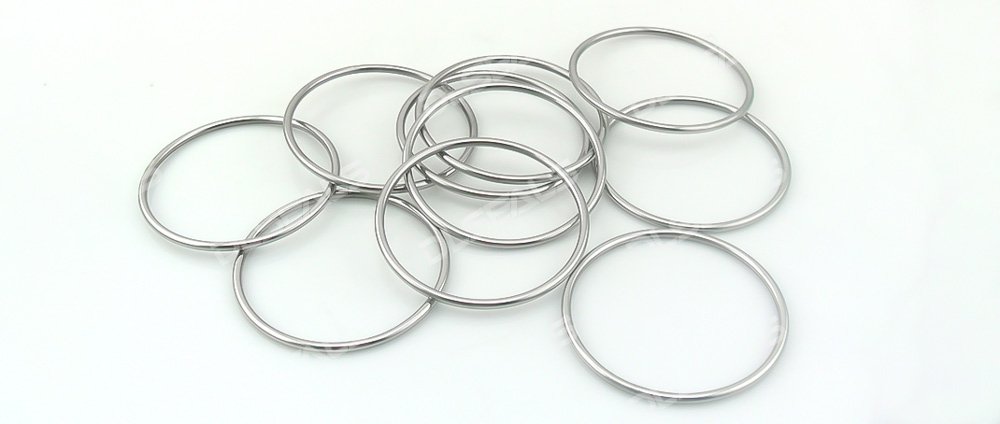News
A2024-01-03

In the process of welding metal O-rings, the inspection process is one of the key steps to ensure product quality and performance. Through strict inspection processes, we can ensure that the size, sealing performance and reliability of welded O-rings meet standard requirements. The following are the main contents of the inspection process in welded metal O-rings:
1. Dimensions
During the inspection process, one of the first tasks is to measure the dimensions of the welded O-ring. Use precise measuring tools, such as micrometers, vernier calipers or other precision measuring instruments, to check whether the inner diameter, outer diameter, thickness and other dimensional parameters meet the design requirements.
2. Surface quality inspection
The surface quality after welding directly affects the sealing effect and appearance aesthetics. Check whether the surface of the welding area is smooth and free of cracks, bubbles or other defects by visual inspection or using tools such as a microscope.
3. Chemical composition analysis
For special working conditions or demanding applications, it may be necessary to analyze the chemical composition of the welding materials. Through chemical analysis, ensure that the composition of the welding metal material meets the requirements to ensure its corrosion resistance and mechanical properties.
4. Air tightness test
To ensure the sealing performance of the O-ring, air tightness testing is necessary. Use air tightness testing equipment or methods to apply appropriate air pressure to check whether there is leakage or air leakage in the welding area to ensure that its sealing performance meets the requirements.
5. Stress testing
Certain applications may require welded O-rings to withstand certain stresses. Conduct a pressure test to verify the reliability and stability of the welded O-ring in a high-pressure environment by applying a predetermined pressure and observing whether it can withstand the pressure.
6. Hardness test
Conduct a hardness test on the welded area to evaluate the strength and wear resistance of the welded area. Use hardness testing to understand whether the hardness of the welded metal material meets the standard requirements to ensure that it has the required strength and durability.
7. Ultrasonic testing
Ultrasonic testing is a non-destructive testing method used to find internal defects, cracks or other hidden problems in welded areas. Use ultrasonic testing equipment to conduct comprehensive and in-depth testing of the welding area.
Through strict inspection procedures, we can ensure that the quality of welded metal O-rings meets the requirements and can work stably and reliably in various environments and working conditions. These inspection steps are an important guarantee to ensure product quality and performance.
[DLSEALS kindly Reminder] Sealing issues? Turn to DLSEALS! As a sealing component manufacturer, we specialize in customizing sealing components, providing a full range of services from design, research and development, production, testing, and more. If you have more information you'd like to know, feel free to contact us directly. DLSEALS's product experts are dedicated to serving you!